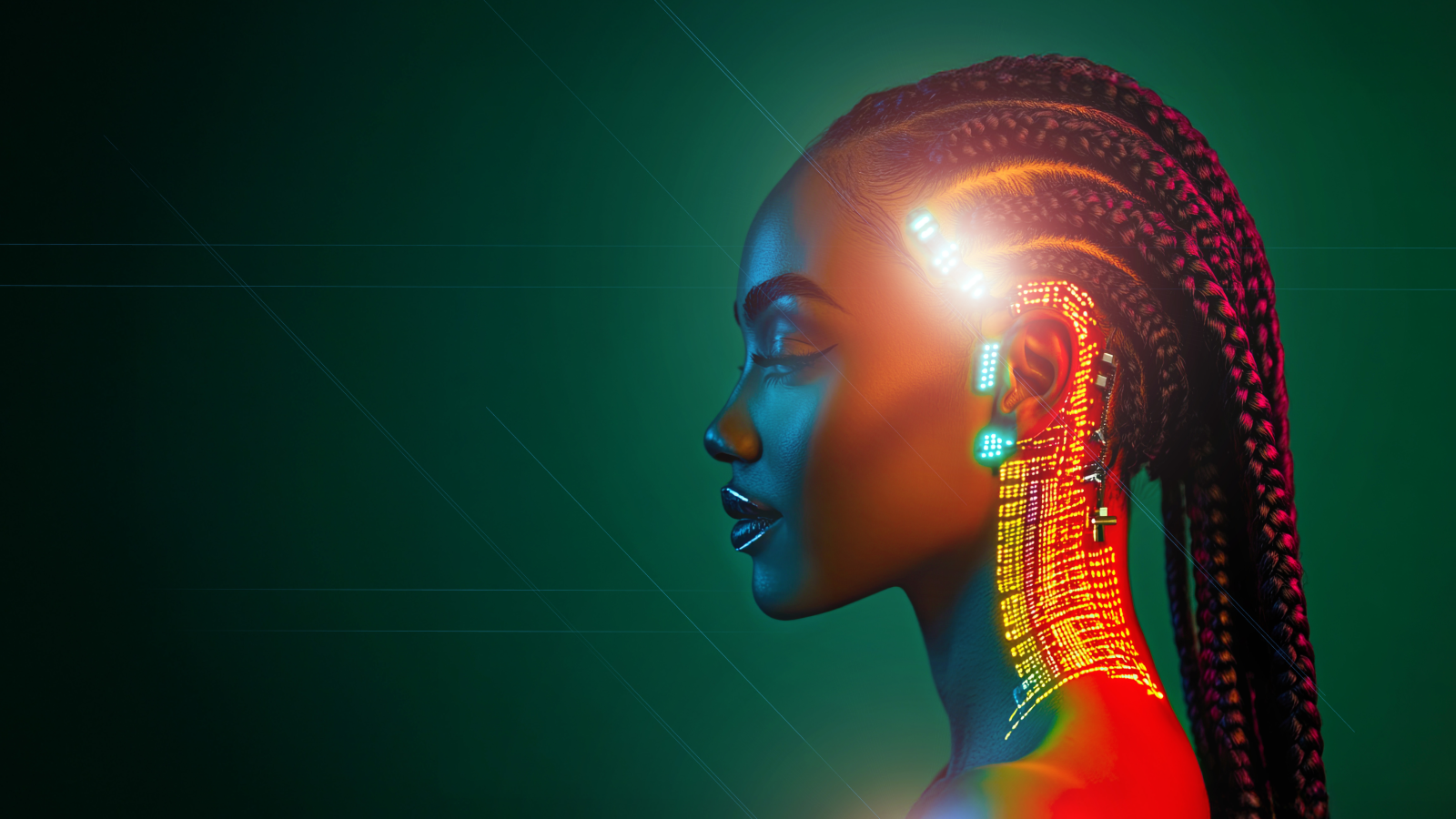Every detail counts in the world of smart marketing. From words to imagery, everything plays a pivotal role in shaping how a brand is perceived. However, one of the most subtle yet powerful tools in a modern marketer’s toolkit is colour.
Understanding and leveraging colour psychology in marketing is crucial, as different hues can significantly impact human emotions and decision making. Get your colour palette right, and you’ll be on the right road to crafting compelling brand experiences that truly resonate with your target consumers - and drive your desired emotional responses.
What is colour psychology in marketing?
Colour psychology is the study of how different colours can impact human emotion and behaviour. Different shades have been scientifically proven to elicit specific feelings and reactions, which can have a significant impact on our decisions.
Here are some overarching colour breakdowns:
- Blue - Hailed as the world’s favourite colour, blue elicits feelings of calm, trust and responsibility. Blue is frequently seen within the healthcare industry.
- Green - Represents nature and health, and is popular amongst eco-friendly and organic brands.
- Red - Commonly used to signal sales and promotions, red elicits feelings of urgency and excitement.
- Yellow - Also present in a lot of sales and discounts comms, yellow commands attention and is associated with energy and happiness.
- Purple - Signals luxury and creativity. Commonly seen in the beauty industry and throughout high-end product marketing.
- Black - Popular amongst luxury brands alongside purple, and is commonly associated with elegance, sophistication and mystery.
- White - Represents purity, simplicity and cleanliness. Very popular within the healthcare space, alongside blue.
The impact of brand colour psychology on consumer behaviour
Colours can influence perceptions and behaviours in many ways. Here are a few key effects that marketers and designers must consider:
Emotional responses: Colour can evoke emotional responses that align with a brand’s message. For example, a fast-food restaurant might use red or yellow to stimulate appetite and excitement, whereas a spa might use green or blue to create a sense of calm.
Brand recognition: Consistent use of colour can enhance brand recognition. Think of iconic brands like Coca-Cola (red), Facebook (blue), or Starbucks (green). Their colour schemes are instantly recognisable and closely tied to their brand identities.
Decision making: Colour can significantly influence purchasing decisions. Studies have shown that up to 90% of snap product judgments can be based on colour alone. This strongly highlights that the right application of colour can be the difference between a product being noticed or ignored.
Cultural significance: It's crucial not to overlook cultural differences in colour perception. While white signifies purity in many Western cultures, it can represent mourning in some Eastern cultures. Brands need to be aware of these nuances where international campaigns are concerned.
How to get the most out of colour psychology in marketing campaigns
There’s far more to effective colour psychology than simply choosing a colour because you like how it looks. Brands should follow a strategic approach when incorporating colour, whether rebranding a logo or creating new marketing collateral. Here are some key steps to consider:
Define your brand personality: Understanding the core values and personality of your brand couldn’t be more important. Does your messaging take a more corporate, serious approach? Or is it more playful in tone? Chosen colours should reflect these attributes.
Know your target audience: Different demographics may respond differently to certain hues. For example, younger audiences might prefer bold, more vibrant colours, while older audiences might gravitate towards more subdued and ‘trustworthy’ tones.
Test, test, test: Conduct A/B testing to see how different colours perform. For instance, test different colour schemes for call-to-action buttons to determine which generates the highest click-through rate.
Stay consistent: Once a colour palette is chosen, use it consistently across all marketing materials. This helps in building a cohesive brand image that consumers can easily recognise.
Uncovering the most successful uses of colour psychology in marketing
Coca-Cola
See a red drink? The first brand that’s likely to come to mind is Coca-Cola.
Hailed as the most recognisable soft drinks brand in the world, Coca-Cola’s signature colour is an unmistakable shade of classic red. Associated with excitement and energy, the iconic red Coca-Cola packaging instantly stands out on shelves and is memorable to customers.
Apple
Apple’s consistent use of white and silver emphasises simplicity, elegance and innovation. This minimalistic colour palette reflects the brand’s focus on high-quality, user-friendly products, honing in on the ‘no fluff’ aspect of their brand.
This becomes even clearer when we consider the evolution of Apple’s logo. Since 2001, the silver-grey toned logo we’re all familiar with has stayed consistent, showcasing how well this use of colour complements Apple’s overarching brand message.

Starbucks
The iconic Starbucks green signifies health, freshness and reliability - key characteristics the brand would want to be synonymous with their products.
Furthermore, the consistent use of green perfectly aligns with Starbucks’ commitment to sustainable coffee sourcing and reducing their carbon footprint. This subtly reinforces the idea of ethical decision making, helping customers feel more positive about their choice each time they purchase something from Starbucks.


Synonymous with trust, reliability and calmness, LinkedIn’s use of blue is a wisely-chosen colour. When looking for new roles, hiring employees, or wanting to connect with other industry professionals, the emotions that blue elicits are exactly what you want to experience on a platform like LinkedIn.
Blue is the antithesis of red in terms of eliciting feelings of urgency. Instead of encouraging potentially rushed decisions, blue’s calming effect provides a more reassuring and thoughtful tone - crucial components in situations like job searching or hiring.

The power of colour psychology
There’s no denying that colour is an exceptionally powerful tool that should be present in every smart marketer’s strategy. By understanding and utilising colour psychology in marketing, brands can drive stronger emotional connections with their audience, enhance brand recognition, and ultimately foster desired consumer behaviour.
Keen to revamp your use of colour within your marketing collateral? Get in touch with our team of specialist creatives.


.png)

.png)
